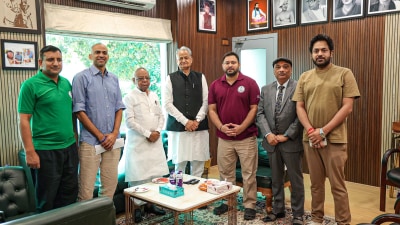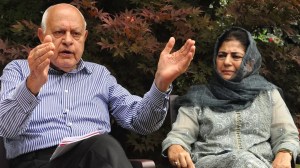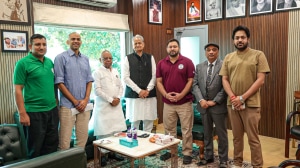Govt to give more ads to small, medium newspapers
In a significant boost to small and medium newspapers, the Government on Tuesday increased the advertisement allocation...

In a significant boost to small and medium newspapers, the Government on Tuesday increased the advertisement allocation to them by five per cent each. This followed a cut of 10 per cent in the advertisement budget for big newspapers, according to a revised Directorate of Audio and Visual Publicity (DAVP) policy announced here.
The Government also gave a major reprieve to small language group newspapers by relaxing their minimum circulation criteria required to get the Government sponsored ads—a mainstay for most small and medium newspapers.
Advertisement allocation for the big papers has been cut from existing 60 per cent of the DAVP budget to 50 per cent. Allocation for the medium-size papers has been increased from existing 30 per cent to 35 per cent and for small papers from existing 10 per cent to 15 per cent. The revised draft has been put up on the official website for further suggestions till October 31 and would be finalised by November 30.
“This is a first step. If required, more steps will be taken,” P R Dasmunsi, Minister of Information and Broadcasting, said in the context of Government’s financial support to the small and medium newspapers.
Among significant changes made in the eligibility criteria of DAVP ads for small newspapers are the relaxation in minimum circulation and publication time requirement.
For DAVP empanelment, the minimum circulation criteria has been brought down from 2,000 to 500 copies a day for papers published in regional and other languages such as Bodo, Dogri, Kashmiri, Khasi, Konkani, Maithili, Manipuri, Nepali, Santhali, Sindhi, Urdu and tribal languages certified by the state Government. Earlier this concession was available only to Sanskrit language newspapers.
The minimum publication time regional for language newspapers has also been relaxed from 36 months to 18 months and for languages other than regional it reduced from 12 months to six months. Circulation check will be required only in cases of papers claiming circulation of 25,000 and above. Earlier it was 6000.
“These concessions are being given with an objective of sustaining numerous small sub-cultural entities in the country by preserving their language and traditions,” Dasmunsi said. The minister stressed that the boost to Hindi and vernacular press did not mean harm to the English press. “English shall be respected but Hindi should not be compromised.”
The new policy also says that Central Government PSUs, autonomous bodies and societies have been given “the freedom to directly give classified and display advertisements” to the empanelled newspapers at DAVP rates subject to “adherence to prescribed percentage ceiling as laid down” in the new advertisement policy.
The minister acknowledged the PSUs give ads to the papers as per market rates, higher than prescribed by DAVP, but ruled out Government’s interference in the corporate decisions in this regard. “It is not wise to bring any legislation to control them because it will encroach on the company law board by which they are governed,” Dasmunsi said.
News in figures
62,483 newspapers on
government records
201 big newspapers
1223 medium newspapers
2,257 small newspapers
CIRCULATION
18,07,38,611 gross
4,88,84,778 small papers
6,41,55,462 medium papers





- 01
- 02
- 03
- 04
- 05


























